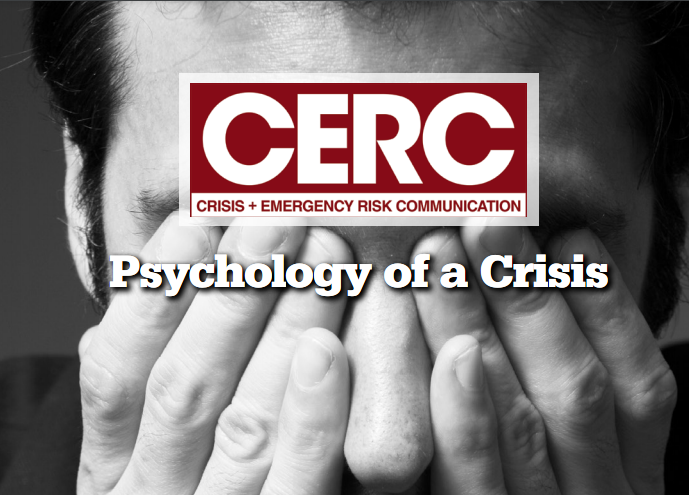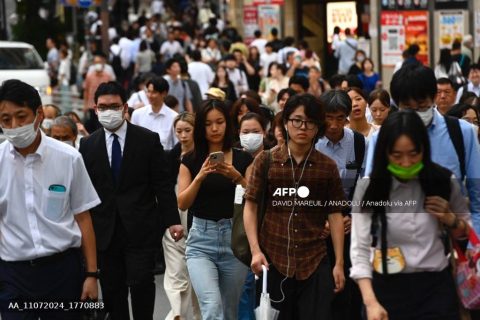Kung bakit pinaniniwalaan ang fake news lalo na ngayong may pandemya


Mahigit isang taon nang nakakaranas ng krisis ang maraming tao hindi lamang sa Pilipinas, kundi maging sa halos lahat ng bansa sa daigdig dahil sa COVID-19 pandemic.
Sa ganitong mga pagkakataon, higit na mabilis kumalat at paniwalaan ng marami ang anumang impormasyong kanilang nababasa, napapanood at napapakinggan lalo na kung ito ay negatibo.
Ito ay mapanganib kung kaya’t dapat nating maunawaan kung bakit ito nangyayari.
Batay sa aklat na “Crisis+Emergency Risk Communication : Psychology of a Crisis” na inilathala ng US Department of Health and Services noong 2019, sinabi ng mga eksperto na kakaiba ang paraan ng pagtanggap ng publiko sa bawat mensahe sa panahon ng krisis.
Narito ang ilan sa mga halimbawa:
WE SIMPLIFY MESSAGES: “Under intense stress and possible information overload, we tend to miss the nuances of health and safety messages by doing the following:-
- Not fully hearing information because of our inability to juggle multiple facts during a crisis.-
- Not remembering as much of the information as we normally could.
- Misinterpreting confusing action messages.
“To cope, many of us may not attempt a logical and reasoned approach to decision making. Instead, we may rely on habits and long-held practices. We might follow bad examples set by others.”
WE BELIEVE THE FIRST MESSAGE – “During a crisis, the speed of a response can be an important factor in reducing harm. In the absence of information, we may begin to speculate and fill in the blanks. This often results in rumors. The first message to reach us may be the accepted message, even though more accurate information may follow”
Kaya’t mag-ingat po tayo hindi lang sa COVID-19 kundi sa maling impormasyon na kung minsan ay mas mabilis pang kumalat kaysa sa virus.
Nelson M. Lubao







